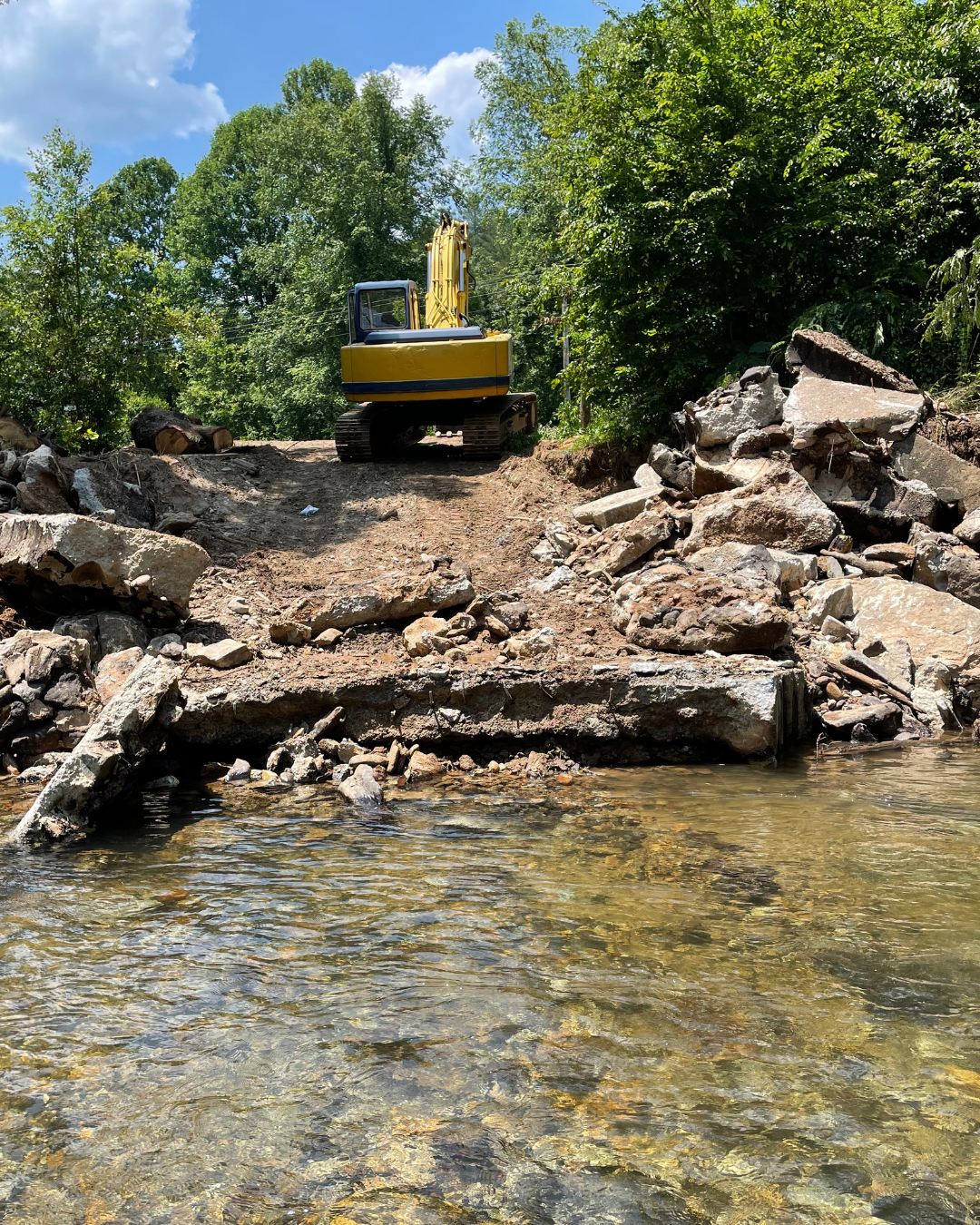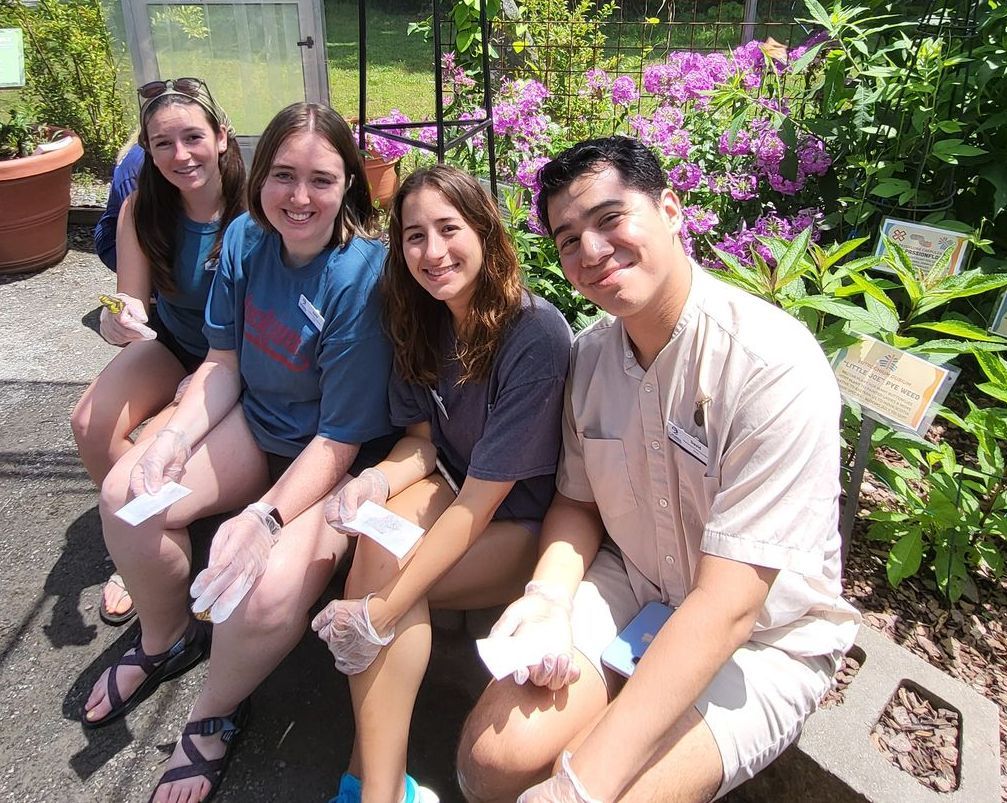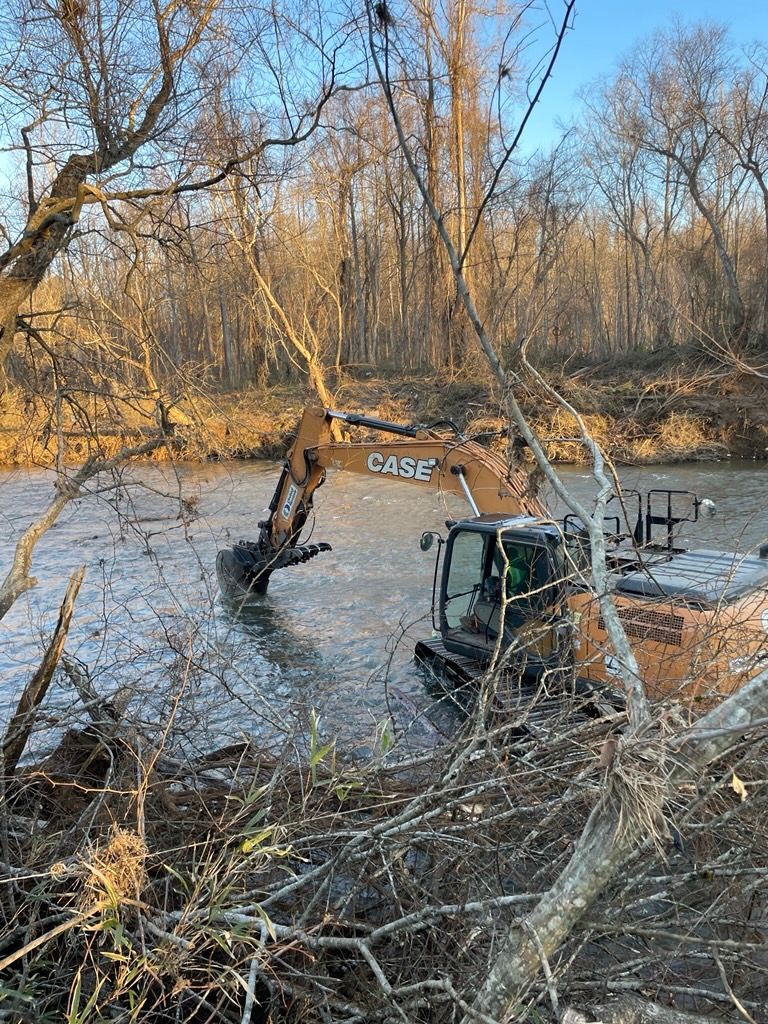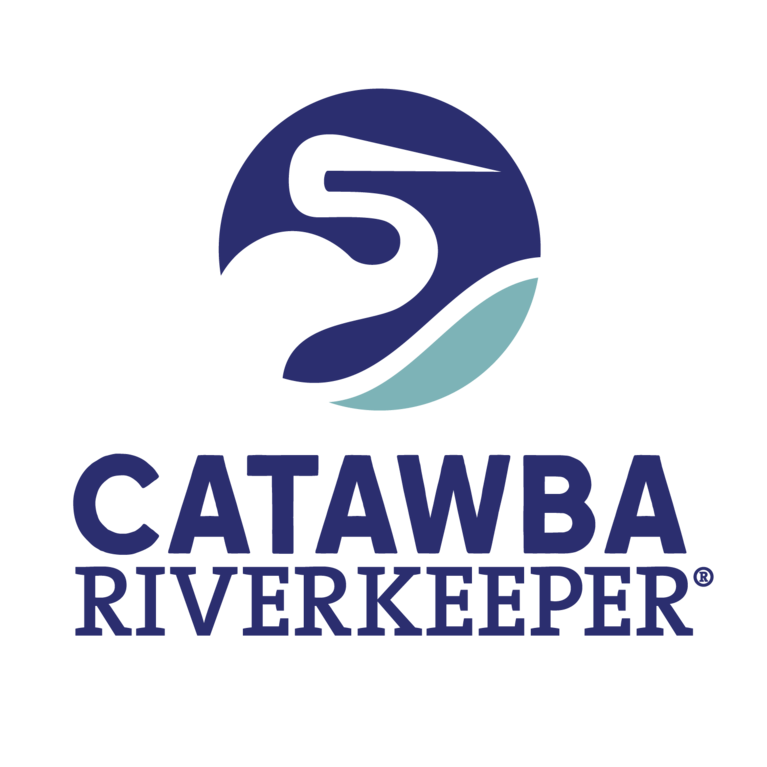Announcing a new collaboration with Daniel Stowe Botanical Garden!
Catawba Riverkeeper has adopted a new strategy to create operational efficiencies, reduce administrative overhead, and find opportunities to scale our programming!
This new strategy takes the form of a shared services collaboration with the Daniel Stowe Botanical Garden.
Background
Over the last year, Catawba Riverkeeper has been exploring opportunities to become a more efficient, impactful organization. Our move to our new headquarters in McAdenville, NC gave us an on-the-water location where we could more efficiently access the water for monitoring and use recreation programs to engage the public in our mission. The new headquarters also allowed us to host field trips, camps, and workshops in our on-site classroom. Perhaps most impactful of all, the new headquarters includes an in-house lab, which exponentially increased our water testing capabilities. While we were seeing an increase in impact, we continued to look for ways to reduce administrative costs and become more efficient as we carry out our mission to preserve, protect, and restore our waterways.
In the last few years, we’ve also prioritized collaboration with other environmental and conservation-focused organizations in our region. We know that the issues that affect the health of our water are connected to land use, wildlife, energy, and air quality. We can’t solve water quality without working collaboratively on these interconnected environmental issues.
Meanwhile, Daniel Stowe Botanical Garden embarked on a similar journey to become a more impactful and efficient organization as they crafted their long-range strategic plan. Daniel Stowe Botanical Garden serves as a place for conservation, education, research, and nature-based public engagement. The garden contributes to our understanding of ecosystems and promotes environmental awareness while offering valuable recreational and therapeutic spaces for people to connect with nature. Through their long-range planning process, it became clear that Catawba Riverkeeper and Daniel Stowe Botanical Garden had a lot in common. The two organizations had similar needs and complementary strengths. Both Boards of Directors felt a formal collaboration was worth exploring.
So, in March of 2023, John Searby became the Executive Director of both Catawba Riverkeeper and Daniel Stowe Botanical Garden. Over the next several months, John and the senior staff of each organization explored areas of opportunity and different structural models that would help both organizations be the best they can be.
The result was a shared services collaboration designed to increase organizational capacity, make both organizations more efficient in their operations, reduce the burdens of administrative overhead, and find opportunities for programmatic synergies all while keeping the organizations independent entities. The Boards approved this strategy and made it official with a protective Memorandum of Understanding (MOU) in early October 2023.
How It Works
Catawba Riverkeeper and Daniel Stowe Botanical Garden share a senior management team, which includes John Searby as Chief Executive Officer, Jeff Shelton as Chief Financial Officer, and Tracy Smith as Chief Administrative Officer. The senior management team supports both organizations and helps identify operational efficiencies in financial management, human resources, facilities and technology support, retail operations, outdoor recreation programming, and education programming. Under this collaboration model, the day-to-day business operations and related management and funding activities of each organization can be conducted more efficiently and effectively, and with certain cost savings, than would be the case if each organization retained its own executives on a separate basis. The staff remain focused on their individual missions and use Functional Teams to work on mutually beneficial projects and programs.
The Boards of Directors are grateful to Duke Energy Foundation, Gaston Community Foundation, and the Akers Foundation for supporting the shared services collaboration in its early days.
Frequently Asked Questions
- Is this a merger?
No. Catawba Riverkeeper and Daniel Stowe Botanical Garden remain two separate nonprofits with specific missions. They have separate Boards of Directors, bylaws, and bank accounts. Through the shared services collaboration, both organizations share a senior management team (CEO, CFO, CAO) which reduces overhead, creates efficiencies, and provides opportunities for scale. - How can John be the Executive Director of both organizations at the same time?
The support that John receives from the CFO, CAO, and senior staff of both organizations allows him to serve as a leader to both Catawba Riverkeeper and Daniel Stowe Botanical Garden. With more administrative support, John will tell you that his to-do list has actually gotten shorter, leaving him more time to ensure sound fiscal, operational, administrative, programmatic, and mission strategies are effectively implemented across all segments of both organizations. - Do my donations or membership contributions go to Catawba Riverkeeper?
No. All donations to either organization are kept separately. Both organizations take your gifts very seriously and will only use them how intended. There are guardrails in place to ensure that all legal and ethical fundraising guidelines are followed. - What if you find out 1 year, 5 years, or 10 years from now that this model doesn’t work?
While we expect things to work out, the MOU that defines the shared services collaboration is set up so that either organization can easily remove themselves without undue complications. Both organizations are protected.








